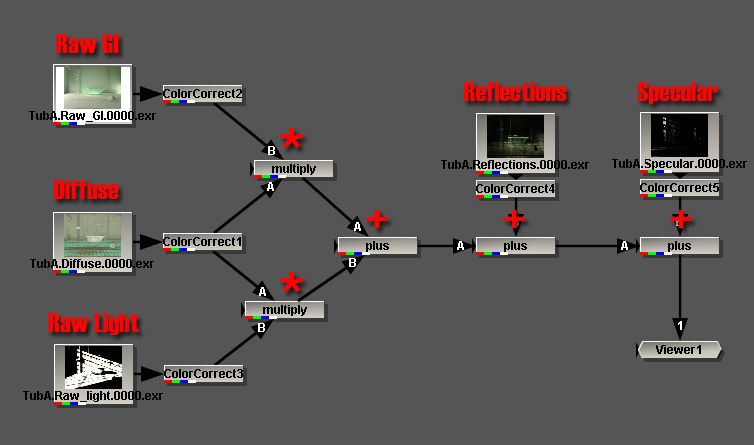Hi,
I saved all the layers output of a final image independently.
Normally how those are put together ?
Gi+Zdepth+shadows+diffuse ? with all at multiply transparency ? mask for shadows ? thank you !
I saved all the layers output of a final image independently.
Normally how those are put together ?
Gi+Zdepth+shadows+diffuse ? with all at multiply transparency ? mask for shadows ? thank you !















Comment